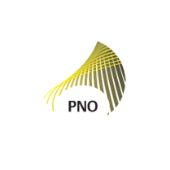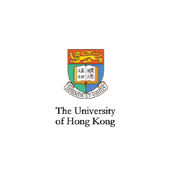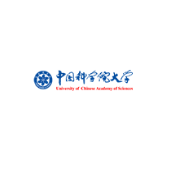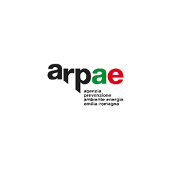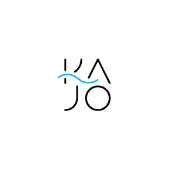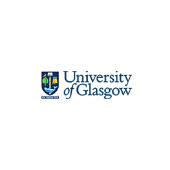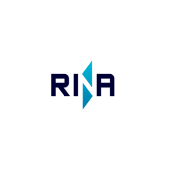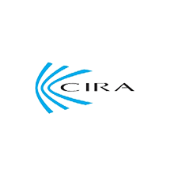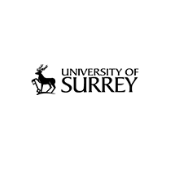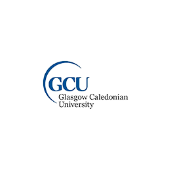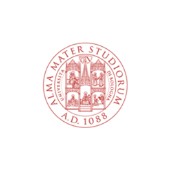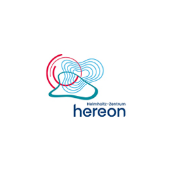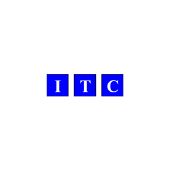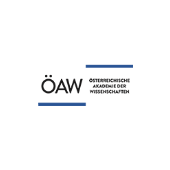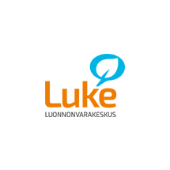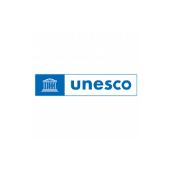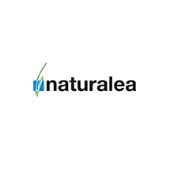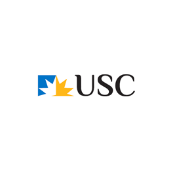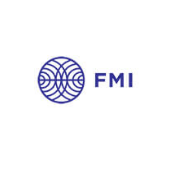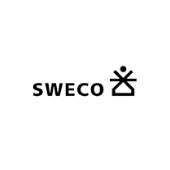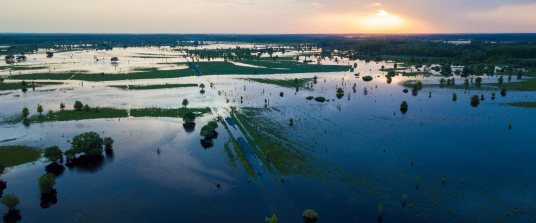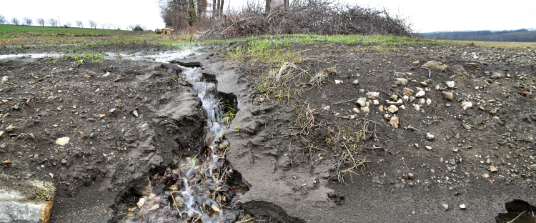Open-air Laboratory
Finland
The Lake Puruvesi Catchment Area is exceptionally oligotropic, with clear water, with an excellent ecological status. 77% of the lake area belongs to the Natura-2000 network. Due to forest harvesting and extreme weather events an increased suspended solids and nutrient load to the Lake Puruvesi. Eutrofication and siltation of Lake Puruvesi are decreasing the recreational value of the
Lake.
Lake Puruvesi catchment
OAL Finland the Lake Puruvesi catchment (1017 km2) locates in the eastern Finland. The nexceptionally oligrotrophic, clearwater and humic Lake Puruvesi (416km2) belongs to the Natura 2000 network. The main land-use is forestry, with minor areas in agriculture, peat harvesting and urban land-use.
Activities related these land-uses and infrequently occurring of high runoff peaks due to heavy rain or snowmelt impose nutrient (P, N) and sediment load risks and thus threaten recreation, fishing professional and recreational) and biodiversity of the area.
Solution: Continuous cover forestry
Results
simulated in current and in future climate conditions. Forest management scenarios were:
No clear cuts
BAU = business as usual (current level of clear-cuts in forest management plan)
BAU+NBS (continuous cover forestry and riparian buffer zones were applied where possible, the amount of wood was complemented from upland forest clear-cuts to be the same as in BAU)
All clear cuts (all mature forest stands were clear-cut)
The nutrient export (Nitrogen, N, and phosphorus, P) was slightly less in BAU+NBS scenario than in the BAU scenario. When nutrient export was examined comparing clearcut and CCF on stands, nutrient export can be 50% for N and 38% for P less in CCF compared to clear-cut.
To learn more about OAL Finland please visit the interactive page with detailed information regarding the hazards they face and how NBS is providing solutions
Our partners
Hazards
Across the world, we are facing challenges like disaster risk everyday. Some of us are living in areas where disasters are very likely. Which challenges are you facing in your area? Flood, landslides, coastal erosion, drought, something else?
Flooding
The fear of flooding is a major perceived risk. Floods affect many areas, such as agriculture, infrastructure, local businesses as well as the tourism sector. To deal with the risk of flooding, OPERANDUM has implemented multiple Nature-based Solutions.
Contact
Have a question, feedback or want to work with us?
